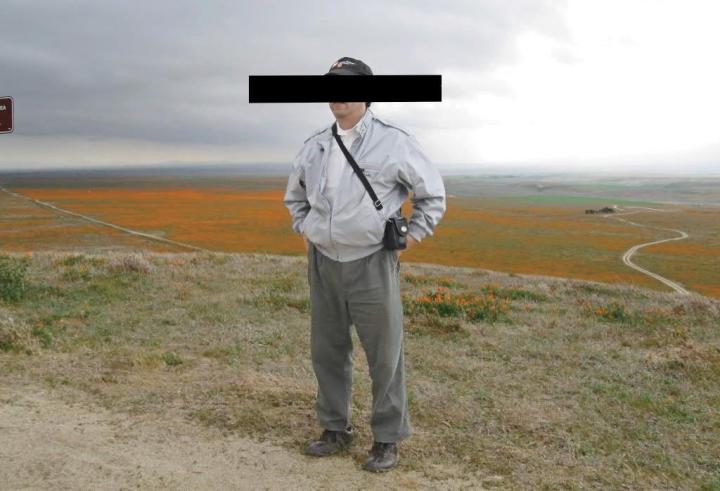Cryptocurrencies have revolutionized the finance industry and the way people perceive the concept of money. Digital assets that use cryptography to secure transactions and creation, cryptocurrencies are the first form of decentralized currency — meaning no bank or middleman controls its use.
One of the best-known forms of cryptocurrency is bitcoin. Created in 2009 by Satoshi Nakamoto, bitcoin is the first (and currently most valuable) cryptocurrency in the world. December 2017 saw the highest recorded value of the currency at more than $19,000. While the price of a single bitcoin has since fallen to around $10,000, even that is incredibly impressive considering bitcoin was only worth $1,000 at the start of the year.
Unlike other forms of currency, bitcoin is not backed by any central organization (like a bank or country) or by a physical item (like gold). It sits atop a public ledger blockchain, where a highly sophisticated mathematical formula creates scarcity and allows users to “mine” portions of the currency.
Creator of bitcoin, Satoshi Nakamoto, is also credited with the invention of the first blockchain database, which set the foundation for more forms of cryptocurrency to emerge like Ethereum and Litecoin. However, despite the fact that Nakamoto is such an important figure in the world of modern finance, not much is known about the elusive cryptocurrency creator.

Satoshi Nakamoto is believed to be a Japanese-born man in his 40s, but the thing is, no one really knows for sure. Whether Nakamoto is a man, woman, or group of individuals is unknown as well, because the mysterious creator has somehow remained anonymous — despite the rising popularity of the cryptocurrencies that Nakamoto helped create.
Which begs the questions: Where did the name Satoshi Nakamoto come from if no one actually knows who this person is? Even though the name Satoshi Nakamoto is being used a placeholder until the real creator(s) come forward, the name itself certainly didn’t show up randomly.
An online profile under the name Satoshi Nakamoto was first used on the P2P Foundation website in 2008, a peer-to-peer networking site where the first papers on bitcoin were released. Another account under the same name released Version 0.1 of the bitcoin software on Sourceforge in 2009. It’s clear that whether or not Satoshi Nakamoto is the cryptocurrency creator’s actual name or not, it’s the name they want us to know them by.
Nakamoto also communicated with users via email for a few years after the software’s release, but as not been involved with bitcoin since 2011. Nakamoto’s anonymity hasn’t stopped people from trying to figure out their true identity. A feature in Newsweek, which was released back in 2014, claimed to have discovered the true identity of Nakamoto, and pointed to a retired Japanese-American man living in California named Dorian Prentice Satoshi Nakamoto.
Dorian Nakamoto denied any role in the creation of bitcoin and says that he is not Satoshi Nakamoto, but some people weren’t convinced. The day after the Newsweek piece ran, a comment from the original Satoshi Nakamoto on P2P posted simply “I am not Dorian Nakamoto.”

Another feature, this time in The New York Times, claimed the creator of bitcoin was an American man of Hungarian descent named Nick Szabo. While Szabo’s career and interest in bitcoin might point to his involvement in the creation of the first cryptocurrency, he has denied that he is Satoshi Nakamoto, so the trail runs cold again.
But the search for Satoshi Nakamoto has posed more questions, like what the unmasking of the bitcoin creator would actually mean for the future of the currency and cryptocurrencies as a whole.
Many people don’t seem to care who Nakamoto is, and unless Nakamoto one day decides to step out from the shadows, there isn’t really much we can do to find out their identity — and probably not much to be gained from it either.
Bitcoin hasn’t and never existed in a vacuum. It wasn’t something that suddenly showed up out of the blue, but was created by building off the ideas of multiple people over several decades. And while Satoshi Nakamoto helped push the industry to new limits, they weren’t the only person/people capable of doing so.
Satoshi Nakamoto has been instrumental in the cryptocurrency market for sure, but they also haven’t really been involved in it in any meaningful way since 2010. Most of the open-source code has been rewritten by a group of programmers whose identities are known, drawing focus away from Nakamoto. So while it might be interested in finally learn who Satoshi Nakamoto really is, it wouldn’t likely have a big impact.
However, despite their anonymity, Satoshi Nakamoto is estimated to be worth upwards of $20 billion (although the exact number varies widely from $6-20 billion, but they’re still a millionaire whichever way you spin it) and could be the 44th richest person in the world, according to Forbes.
Knowing who holds that much money (5% of the entire bitcoin stash) could definitely have lasting implications, but won’t likely affect the future of cryptocurrencies as a whole.
So for now the identity of the “father of cryptocurrency” will remain a mystery. But bitcoin and other currencies like it will continue to have lasting impacts on money for a very long time.


